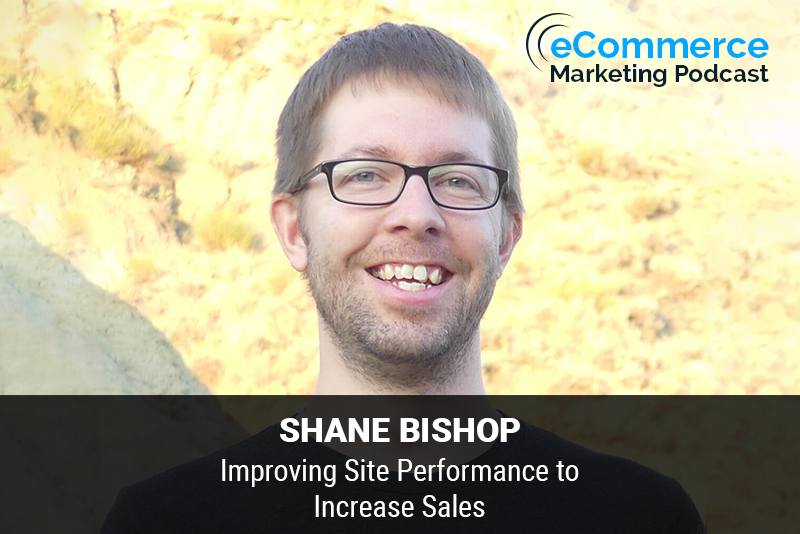
eCommerce Marketing Podcast
The eCommerce Marketing Podcast walks you through everything that goes into ecommerce marketing — from inbound marketing to paid advertising to conversions. Learn the strategies top marketing experts use to grow their businesses.
Improving Site Performance to Increase Sales – with Shane Bishop
byArlen Robinson
Marketing Strategies and Topics Covered in this Episode:
- Why site performance so important when it comes to reaching more customers and generating more website traffic and sales
- The first step an ecommerce business should take when assessing their site performance and the benchmarks that should be measured against
- The specific strategy that should be followed when looking to improve site performance
- The tools and resources that can be used to improve an ecommerce sites performance

In this episode of the eCommerce Marketing Podcast, host Arlen Robinson interviews Shane Bishop, the Head Wizard at EWWW Image Optimizer. Shane shares his expertise on site performance, focusing on the importance of optimizing images and other key factors to enhance the overall performance of an eCommerce website.
Key Takeaways:
- Introduction to Shane Bishop and EWWW Image Optimizer (00:00:58)
- Shane’s background in IT and web development, leading to the creation of EWWW Image Optimizer.
- Importance of Site Performance (00:02:11)
- The crucial role site performance plays in reaching customers, generating traffic, and increasing sales.
- Explanation of how site performance impacts user experience and conversions.
- Key Aspects of Site Performance (00:06:13)
- Images: Optimizing and compressing images for faster load times.
- Page Caching: Reducing server load by serving cached pages.
- JavaScript and CSS Optimization: Minimizing and deferring scripts to improve rendering time.
- Image Optimization Best Practices (00:10:06)
- Recommended image sizes and file sizes to ensure fast loading times.
- The importance of lazy loading for image-heavy sites.
- Benchmarking Site Performance (00:13:45)
- Tools for testing site performance: GTmetrix, Google PageSpeed Insights, WebPageTest.org, Pingdom.
- Focusing on recommendations rather than scores to identify key areas for improvement.
- Optimization Strategy for eCommerce Sites (00:18:44)
- Prioritizing image optimization, page caching, and JavaScript/CSS optimization.
- Practical steps for implementing these optimizations effectively.
- Dealing with Slow Plugins and Third-Party Tools (00:22:15)
- Tips for identifying and managing slow WordPress plugins.
- Ensuring plugins load asynchronously or are deferred to prevent performance issues.
- WooCommerce Specific Optimization Tips (00:23:34)
- Managing product variations to avoid database performance issues.
Bullet Points of Key Takeaways with Timestamps:
- [00:00:58] Introduction to Shane Bishop and his background.
- [00:02:11] Importance of site performance for customer engagement and sales.
- [00:06:13] Key areas of site performance: images, page caching, JavaScript/CSS.
- [00:10:06] Best practices for image optimization.
- [00:13:45] Tools and benchmarks for measuring site performance.
- [00:18:44] Recommended strategy for optimizing an eCommerce site.
- [00:22:15] Managing slow plugins and third-party tools.
- [00:23:34] Optimization tips specific to WooCommerce sites.
Guest Information:
Shane Bishop
- Founder of EWWW Image Optimizer
- Email: [email protected]
- Website: EWWW Image Optimizer











